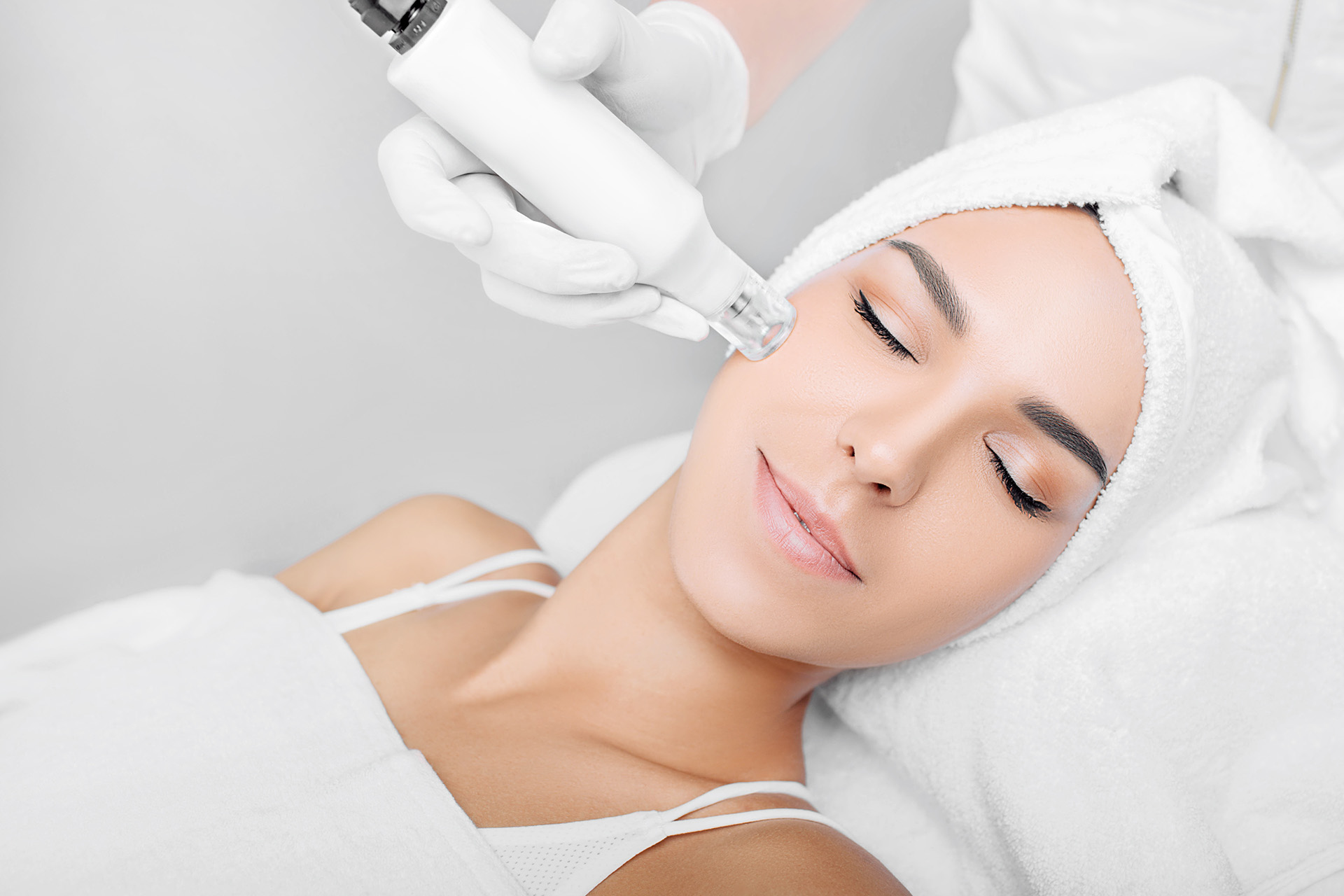Is it Time for Facial Rejuvenation?
Are you considering facial rejuvenation treatment to enhance your appearance? Many individuals grapple with the timing of cosmetic procedures designed to revitalize and refresh their looks. Some may wonder if it's too early to undergo such treatments, while others question whether their appearance concerns merit cosmetic attention. The truth is, that the ideal time to consider rejuvenation treatment is when you no longer feel content with your appearance.
Understanding the Process
- Blood Extraction:
- The PRP facial rejuvenation process begins with a small blood draw from the patient. This blood sample is then processed in a centrifuge to separate the plasma, which is rich in platelets.
- Isolation of Platelets:
- Platelets are tiny blood cells that play a crucial role in the body's healing process. They contain growth factors and proteins that are essential for tissue repair and regeneration. The concentrated platelets obtained from the centrifuged blood are what make PRP so effective.
- Activation and Application:
- The isolated PRP is activated to release its growth factors. This activated PRP is then applied topically or injected into specific areas of the face. The growth factors work to stimulate collagen and elastin production, promoting skin renewal and improved texture.
Key Benefits of PRP Facial Rejuvenation
- Collagen Stimulation:
- Collagen is a structural protein that gives the skin its firmness and elasticity. PRP facial rejuvenation encourages the production of collagen, reducing fine lines, wrinkles, and sagging skin.
- Improved Skin Tone and Texture:
- The growth factors in PRP help to repair damaged skin cells and promote the growth of new, healthier cells. This results in improved skin tone, texture, and a youthful glow.
- Natural and Safe:
- Since PRP is derived from the patient's own blood, the risk of allergic reactions or adverse effects is minimal. It is a safe and natural alternative to more invasive cosmetic procedures.
- Reduction of Fine Lines and Wrinkles:
- PRP targets fine lines and wrinkles, particularly in areas like the forehead, around the eyes, and the mouth. The rejuvenation process helps to smoothen these lines, providing a more youthful appearance.
- Minimized Pore Size:
- PRP can also contribute to reduced pore size, giving the skin a smoother and more refined appearance.
The Recovery Process
Patients typically experience minimal downtime after PRP facial rejuvenation. Mild redness or swelling may occur initially, but this subsides quickly. The full benefits of the treatment become noticeable as collagen production continues over the following weeks.
5 Signs to Contemplate Treatment
There are five key indicators of aging that prompt individuals to explore rejuvenation treatment. Whether your symptoms are mild, moderate, or severe, experiencing any of these signs suggests that it might be the right time to take the plunge and embark on your first treatment.
- Fine Lines and Wrinkles
- Fine lines and wrinkles can manifest on various facial areas, including frown lines, forehead and brow wrinkles, expression lines, lines around the nose and mouth, and chin lines. These wrinkles and fine lines typically emerge as collagen production in the skin diminishes, a process that typically begins between the ages of 40 and 50 for most adults.
- Increased Skin Laxity
- Skin laxity encompasses thinning, dryness, and looseness of the skin, most notably beneath the eyes, on the brow, and in the cheeks, particularly the cheek hollows. It signifies reduced skin elasticity or the skin's ability to regain its shape. While some skin laxity may result from chronic dehydration, age-related skin laxity is largely linked to decreased collagen and elastin levels in the sub-dermal skin layers.
- Uneven Skin Tone and Texture
- Uneven skin tone and texture can affect individuals of any age but are commonly observed in those aged 40 or older. Uneven skin tone refers to variations in skin complexion, such as rosacea, redness from broken capillaries, or other tone-related issues. Uneven skin texture typically involves skin dryness and a rough, bumpy, or dimpled surface.
- Acne and Acne Scarring
- Acne is not confined to young people; it is also prevalent among adults in their 30s and 40s, particularly women with hormonal acne. Adult acne can manifest as pimples, whiteheads, blackheads, and enlarged pores that produce excessive facial oil. Acne scarring encompasses both the pitted appearance of the skin surface, referred to as "pit-marks," and enlarged pores, along with post-inflammatory hyperpigmentation.
- Dark Spots and Blemishes
- Dark spots and blemishes signify the emergence of skin damage on the surface. These spots and sunspots often result from unprotected sun exposure, while blemishes can encompass anything from pockmarks to melasma, increased freckling, or the appearance of new moles on the face. Both dark spots and blemishes are more commonly seen in older adults.
In conclusion, the decision to pursue facial rejuvenation treatment should be based on your personal satisfaction with your appearance and the presence of any of these aging signs.

